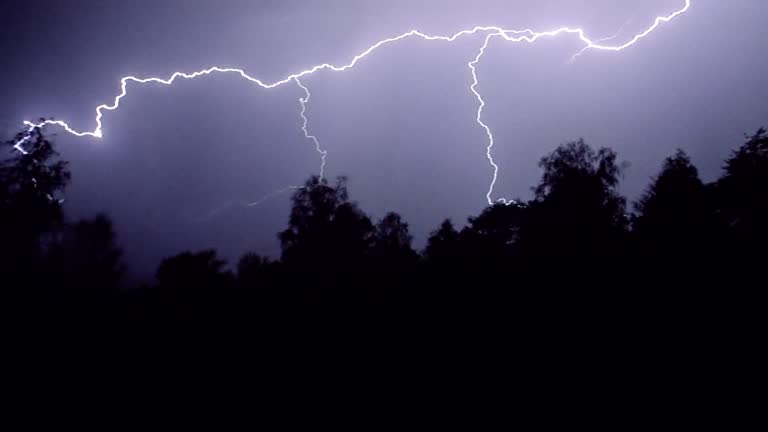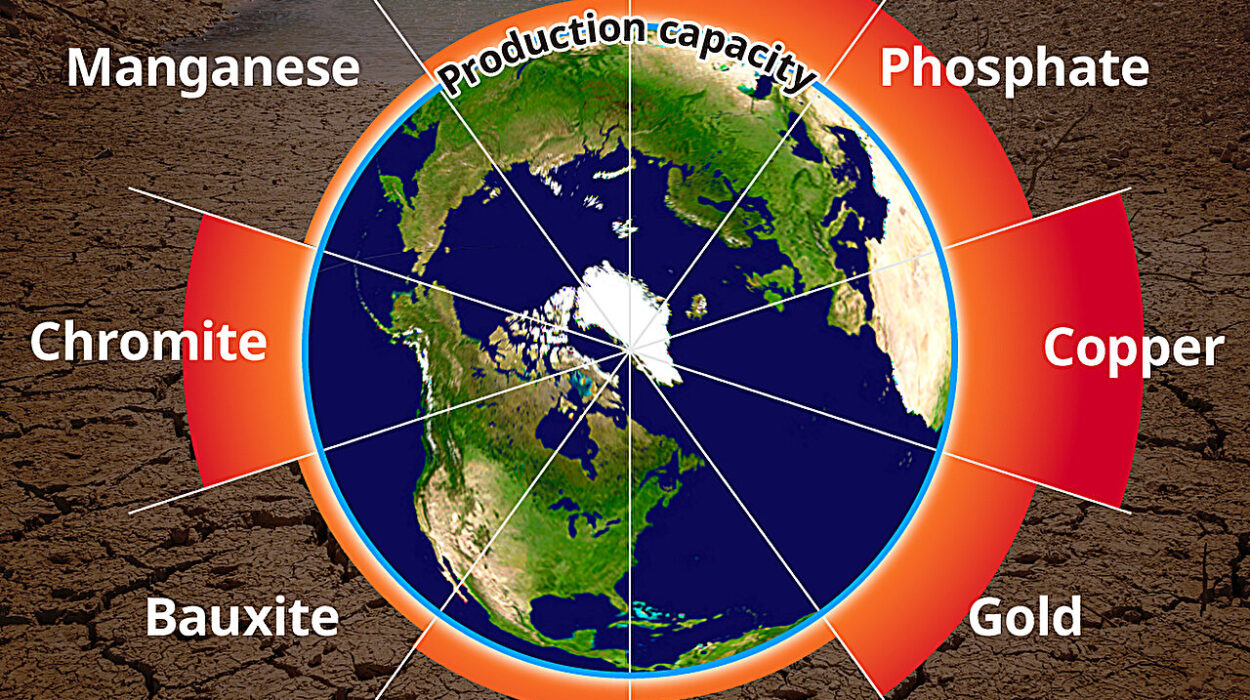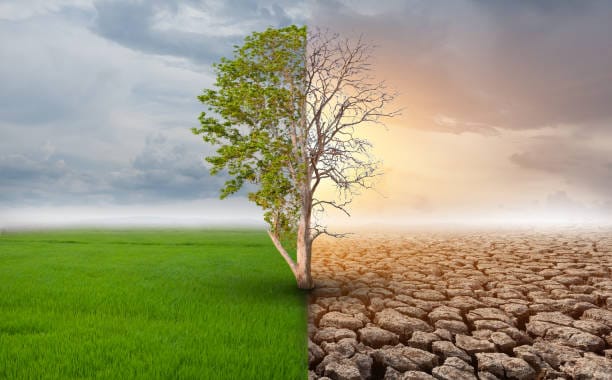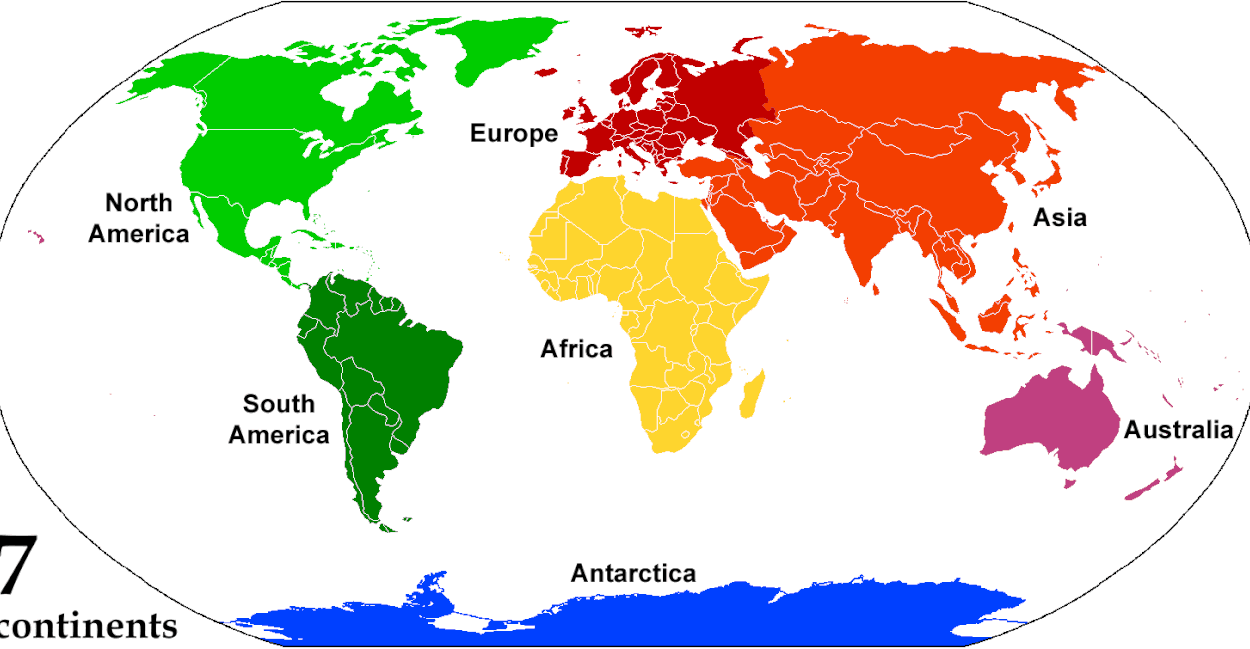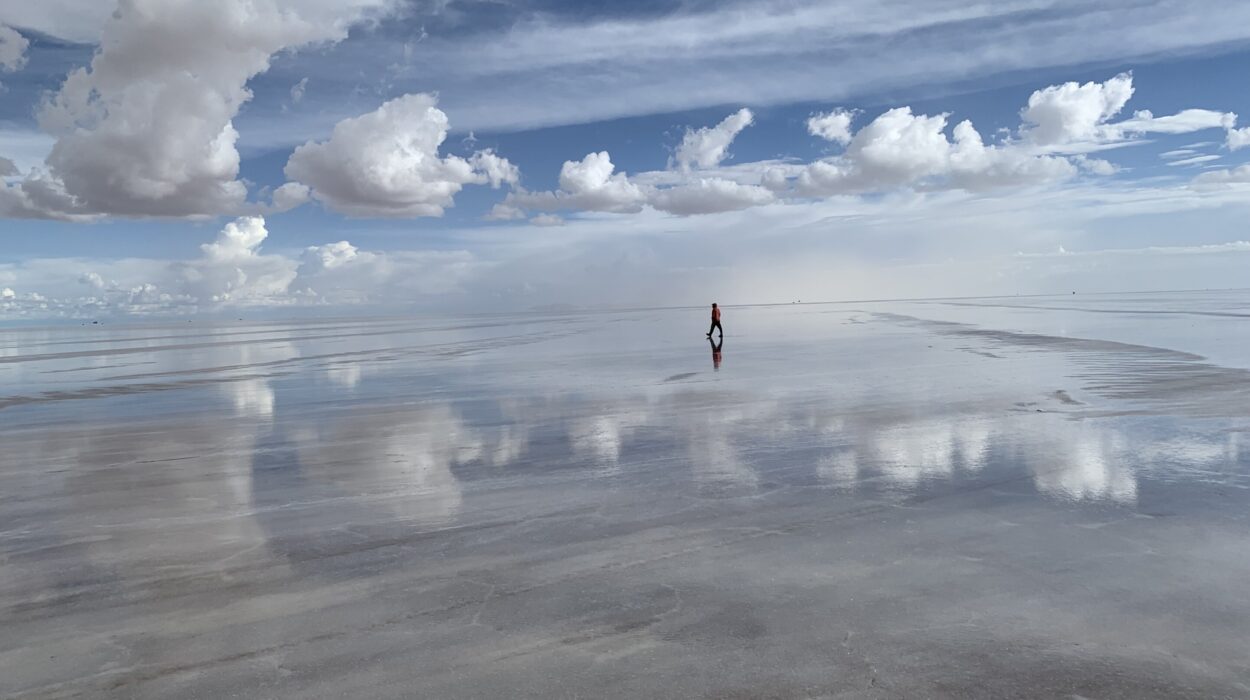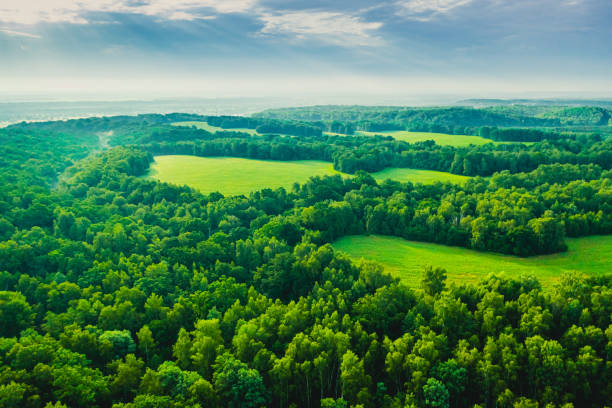It begins quietly. A breeze turns into a gust. Rain taps gently on your window, then slams down in torrents. The air feels charged, electric, unpredictable. The news flashes alerts: record-breaking heatwaves, massive floods, relentless wildfires, catastrophic hurricanes. The weather, once something we talked about casually in elevators, has become one of the most urgent and fearsome headlines of our time.
But behind the headlines lies a deeper, more profound story. A story of imbalance. A story written in carbon and ice, in rising seas and searing droughts. It’s the story of how our planet is changing, and how that change is driving extreme weather events in ways that were once unimaginable.
Climate change is no longer a distant threat. It’s not just about melting glaciers or polar bears stranded on shrinking ice. It’s here, it’s now, and it’s reshaping the weather in every corner of the globe. And the link between climate change and extreme weather events is becoming more undeniable with each passing season.
A Planet Out of Balance
To understand how climate change fuels extreme weather, we first need to understand what climate is. Climate is not the same as weather. Weather is what happens today—sunny, rainy, snowy. Climate is the long-term pattern of weather over decades. When those patterns shift significantly, we call it climate change.
At the heart of this change lies something simple yet powerful: heat. Since the Industrial Revolution, human activities—especially the burning of fossil fuels—have poured vast amounts of carbon dioxide and other greenhouse gases into the atmosphere. These gases trap heat from the sun, like a blanket wrapped around the Earth. The more gases we emit, the thicker the blanket becomes.
This extra heat doesn’t just make our summers warmer. It disrupts the entire system that governs our planet’s weather. It shifts jet streams, alters ocean currents, evaporates moisture faster, and adds more energy to storms. In short, it supercharges the atmosphere, turning ordinary weather into something far more dangerous.
Heatwaves: The Silent Killers
Among the most direct and deadly consequences of climate change are heatwaves. These are not just hot days—they’re extended periods of dangerously high temperatures, often lasting for days or even weeks. And they’re becoming more intense, more frequent, and more lethal.
Consider the European heatwave of 2003, which claimed over 70,000 lives. Or the Pacific Northwest heatwave in 2021, where temperatures soared above 116°F (47°C) in regions known for their cool, temperate climate. These events shattered records and expectations.
The link to climate change is clear. As global temperatures rise, the baseline shifts. What was once considered extreme becomes the new normal. Warmer air holds more moisture and retains heat longer, extending the duration and intensity of heatwaves. In urban areas, the “heat island” effect—where concrete and asphalt absorb and radiate heat—makes the problem even worse.
And the impacts go far beyond discomfort. Heatwaves strain power grids, damage crops, dry out water supplies, and put immense pressure on human health. The most vulnerable—the elderly, the sick, the poor—bear the brunt.
Droughts and Wildfires: A Dangerous Duo
With more heat comes more evaporation. More evaporation means drier soils, shriveled vegetation, and shrinking water reservoirs. This creates the perfect conditions for droughts—prolonged periods of insufficient rainfall that devastate ecosystems and agriculture.
Across the globe, droughts are becoming more severe and more widespread. From the parched lands of sub-Saharan Africa to the American Southwest, water is becoming a precious, contested resource. Crops fail, livestock die, and rural communities suffer.
But the danger doesn’t end there. Dry conditions fuel wildfires, creating a feedback loop of destruction. Forests that would once survive small burns now ignite into infernos. The 2019–2020 bushfires in Australia scorched over 46 million acres and killed or displaced an estimated three billion animals. California has faced record-breaking wildfire seasons year after year, with flames consuming entire towns in mere hours.
Climate change doesn’t start the fires, but it lays the tinder. It dries the landscape, lengthens fire seasons, and increases the likelihood that small sparks will become uncontrollable blazes.
Hurricanes and Cyclones: Storms with Extra Fury
When it comes to extreme weather, few phenomena match the power of tropical storms. Hurricanes, cyclones, and typhoons—depending on where they form—are nature’s most fearsome engines. And climate change is turning up the throttle.
Tropical storms form over warm ocean waters. As sea surface temperatures rise due to global warming, there’s more energy available to fuel these storms. That means stronger winds, more rainfall, and longer durations.
In recent years, we’ve seen storms that defy previous records. Hurricane Harvey in 2017 dropped over 60 inches of rain on parts of Texas. Cyclone Idai in 2019 devastated Mozambique, Zimbabwe, and Malawi with torrential rain and deadly flooding. Super Typhoon Haiyan, one of the strongest tropical cyclones ever recorded, slammed into the Philippines in 2013 with winds over 195 mph.
Moreover, warmer air holds more moisture, so these storms can dump far more rain. Sea level rise also plays a role. Higher seas mean that storm surges—walls of water pushed ashore by hurricane winds—reach further inland and cause more damage.
These aren’t isolated incidents. They are symptoms of a changing climate, amplifying the natural fury of storms and increasing the toll on human life and infrastructure.
Floods: When the Waters Rise
Flooding is one of the most common and costly natural disasters worldwide. And it’s another area where climate change is turning up the volume. Whether it’s flash floods from intense rainfall or slow-moving inundations from overflowing rivers, the dangers are escalating.
As the atmosphere warms, it can hold more moisture—about 7% more water vapor per degree Celsius of warming. This means when storms do form, they often unleash more rain in shorter periods, overwhelming drainage systems and riverbanks.
At the same time, rising sea levels make coastal flooding more frequent and more severe. Cities like Miami, Jakarta, and Venice now experience “sunny day” flooding—when tides alone bring water into streets. Add a storm surge or heavy rainfall, and the consequences are catastrophic.
The melting of glaciers and ice sheets adds to this, raising ocean levels and altering the natural timing of river flows. In some places, rainfall that once fell as snow now comes as rain, increasing flood risk during what were once calm winter months.
Winter Storms: A Paradox Explained
It might seem counterintuitive, but climate change can also lead to more intense winter storms. While global warming raises average temperatures, it also disrupts atmospheric patterns in complex ways.
One key factor is the weakening of the polar vortex—a large area of low pressure and cold air surrounding the Arctic. As the Arctic warms faster than the rest of the planet, the vortex becomes unstable and can shift southward, bringing frigid air and snow to regions that aren’t prepared for it.
This phenomenon played a role in the Texas winter storm of 2021, which crippled the state’s power grid and left millions without heat during sub-zero temperatures. It’s a stark reminder that climate change doesn’t simply mean warmer weather—it means more chaotic and extreme patterns, including cold snaps in unexpected places.
Tornadoes: Twisters in a Warmer World
The science around tornadoes and climate change is still evolving, but signs are emerging. Tornadoes form under specific conditions: warm, moist air near the surface, cold air above, and wind shear to create rotation.
As climate change warms the planet, these ingredients can become more volatile. While it’s unclear if tornadoes are becoming more frequent, there is evidence that the timing and location of tornado activity is shifting. Tornado Alley in the U.S. appears to be moving eastward, and tornado outbreaks may be occurring in tighter clusters.
The erratic nature of tornadoes makes them difficult to predict, but their destructive power is unmistakable. As the climate continues to change, understanding how these violent storms are influenced becomes more critical.
Climate Attribution: Connecting the Dots
In the past, scientists were cautious about linking specific weather events to climate change. Weather is variable, they said. One storm doesn’t prove anything. But in recent years, a field known as climate attribution has emerged, and it’s changing the conversation.
Using advanced computer models and statistical analysis, scientists can now assess how likely a particular extreme event would have been in a world without human-induced climate change. The results are sobering.
Studies have shown that the European heatwave of 2019 was made at least ten times more likely by climate change. The heavy rainfall during Hurricane Harvey was up to 38% more intense due to warming temperatures. And the probability of devastating wildfires in Australia has doubled since the early 20th century.
These analyses don’t just help us understand the past—they offer a glimpse into the future, where extreme events become more likely, more intense, and more damaging unless action is taken.
Human Costs and Ecological Toll
Behind every extreme weather event lies a trail of human suffering. Homes destroyed. Lives lost. Communities uprooted. Economies shattered. The emotional and psychological toll is immeasurable. For many, the trauma of surviving a flood or wildfire lingers long after the waters recede or the flames die out.
But the impacts are not limited to people. Ecosystems suffer too. Coral reefs bleach and die during marine heatwaves. Forests burn, taking with them the species that call them home. Rivers run dry, starving wetlands and migratory birds. Climate change isn’t just a human crisis—it’s a planetary one.
And the burden falls unevenly. Poorer nations and communities, with fewer resources to prepare or recover, are hit hardest. Climate injustice means that those who contributed least to the problem often suffer the most from its consequences.
What Can Be Done?
The science is clear, and the stakes are high. But the future is not set in stone. The path we choose today will shape the climate of tomorrow. Reducing greenhouse gas emissions—through clean energy, reforestation, sustainable agriculture, and innovation—is essential.
Adaptation is also critical. This means building resilient infrastructure, improving early warning systems, restoring natural buffers like wetlands and mangroves, and supporting communities on the frontlines of climate change.
On a personal level, choices matter too. The energy we use, the food we eat, the leaders we vote for—each decision contributes to a collective future. Understanding the link between climate change and extreme weather gives us the tools not just to survive, but to act.
A Planet in Peril, A People in Power
Extreme weather is no longer a rare anomaly. It is the new reality of a warming world. But it is not inevitable. It is the result of human actions—and that means it can be changed by human choices.
The storms may grow stronger, but so too can our resolve. The winds may howl, but so too can our voices. As we stand at the edge of a new era—one marked by challenge but also opportunity—we are reminded that the greatest power we hold is the power to change course.
This is not just a climate crisis. It is a moment of reckoning. A moment to recognize that we are not separate from nature—we are part of it. And when the skies turn against us, it is not the Earth lashing out, but rather a message echoing through every gust and raindrop: change is here. The question is—what will we do with it?
